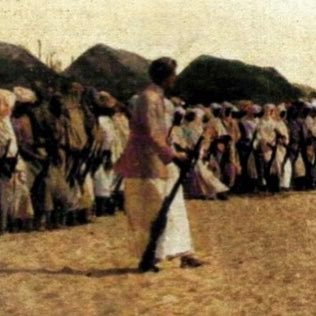Al-Umari in 1300s states Somalis in Zeila imported a lot of Silk & linen fabrics which they mostly used to make clothes of their own. He states how Somalis dress. Sewn dress, thobe, shirt, trousers, regular turbans, colorful designed turbans for elites, picture below is example

